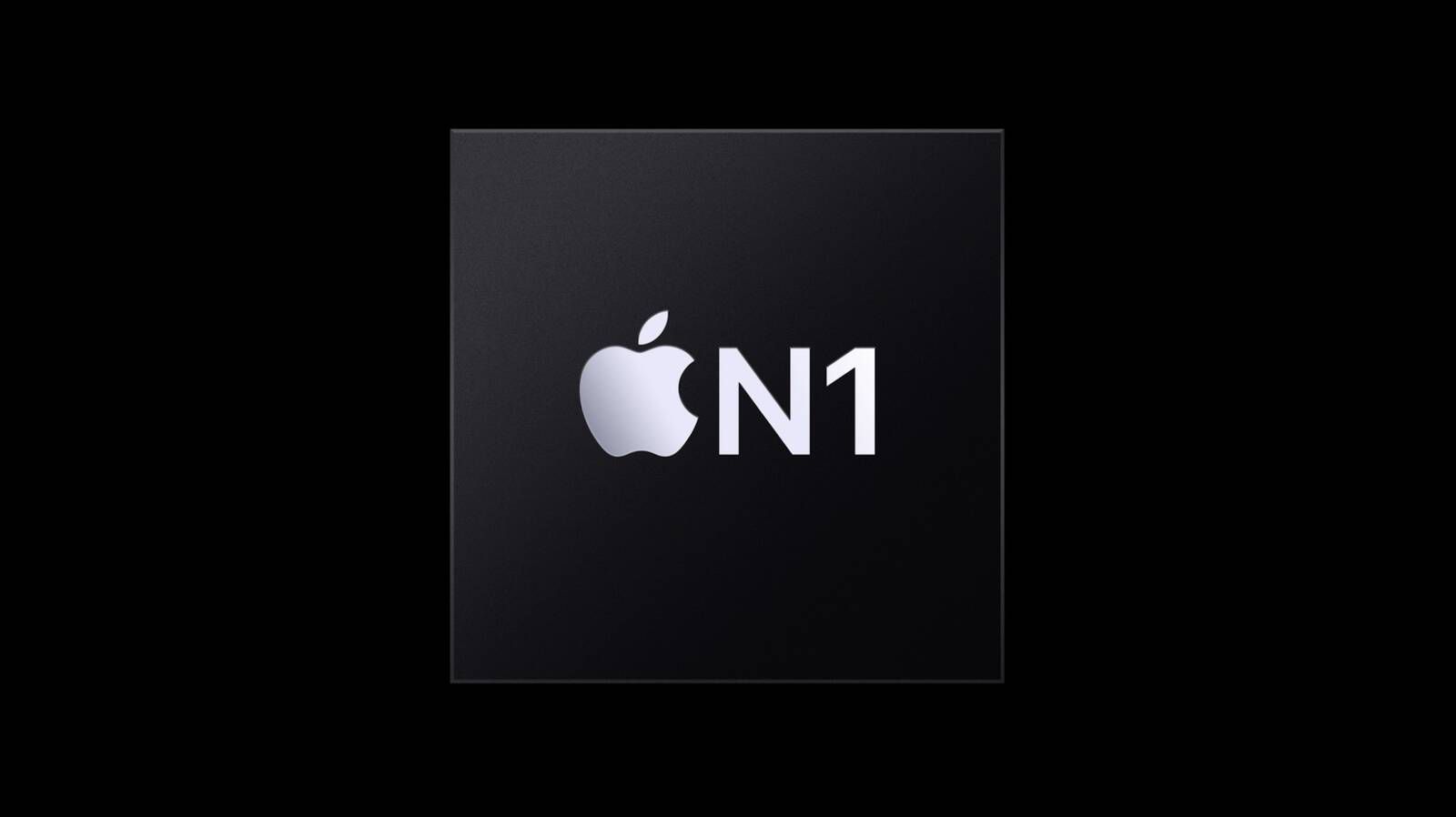Apple's New N1 Chip in iPhone 17, iPhone 17 Pro, and iPhone Air Has a Wi-Fi 7 Limitation
iPhone 17's N1 Chip: A Wi-Fi 7 Limitation Explained
The new iPhone 17, iPhone 17 Pro, iPhone 17 Pro Max, and iPhone Air boast Apple's custom-designed N1 chip, promising enhanced Wi-Fi 7, Bluetooth 6, and Thread connectivity. However, recent findings reveal a limitation in its Wi-Fi 7 capabilities. Let's dive into the details.

The 160MHz Bandwidth Limit
According to documentation from the Federal Communications Commission (FCC), reviewed by MacRumors, the N1 chip supports a maximum Wi-Fi 7 channel bandwidth of 160 MHz. While Wi-Fi 7 technology supports a broader 320 MHz bandwidth, the N1 chip falls short of this potential. This means the iPhone 17 models won't reach the theoretical peak speeds that a full 320 MHz bandwidth would allow.
Many users expressed curiosity regarding the N1 chip's bandwidth capabilities, prompting a detailed investigation of the FCC documents. Discussions and questions on various online forums highlight the interest in this specification.

FCC document showing Wi-Fi specs for iPhone 17 Pro Max
Is This a Problem? Probably Not.
For the average user, this 160 MHz limitation likely won't be noticeable. Real-world internet speeds are often constrained by factors beyond the phone's capabilities, such as your internet service provider's infrastructure and network congestion. Even with a 160 MHz bandwidth, Wi-Fi 7 remains significantly faster than previous generations.
Understanding Wi-Fi 7
Wi-Fi 7 offers several key advantages, including:
- Simultaneous multi-band operation: It can use the 2.4GHz, 5GHz, and 6GHz frequency bands concurrently, maximizing throughput.
- Increased speeds: The wider bandwidth and simultaneous band usage lead to significantly faster download and upload speeds compared to previous Wi-Fi standards.
- Lower latency: Reduced delays make Wi-Fi 7 ideal for latency-sensitive applications such as online gaming and video conferencing.
- Improved reliability: Enhanced error correction and efficiency contribute to a more stable and reliable connection.
To fully realize the benefits of Wi-Fi 7, you need a compatible router. Without a router supporting the latest standard, the advantages of Wi-Fi 7 on your iPhone will be limited.
Comparison with Previous Models
It's worth noting that the iPhone 16 models (excluding the iPhone 16e) also support Wi-Fi 7, but with the same 160 MHz bandwidth limitation. These models utilize a Broadcom wireless chip. Many anticipated that Apple's custom N1 chip might finally unlock the full 320 MHz potential of Wi-Fi 7. However, this doesn't appear to be the case.
Apple states that the N1 chip provides improvements in other areas, such as enhanced performance and reliability for features like Personal Hotspot and AirDrop, along with improved power efficiency.
Conclusion
While the N1 chip's 160 MHz Wi-Fi 7 bandwidth limitation might disappoint some tech enthusiasts, it's unlikely to significantly impact the average user's experience. Wi-Fi 7 remains a significant upgrade, and the N1 chip's other performance enhancements make it a valuable addition to the iPhone 17 lineup. The real-world benefits of Wi-Fi 7, even at 160MHz, will likely outweigh the theoretical potential of the full 320 MHz bandwidth for most users.
Related Resources:
This article, "Apple's New N1 Chip in iPhone 17, iPhone 17 Pro, and iPhone Air Has a Wi-Fi 7 Limitation" first appeared on MacRumors.com
Discuss this article in our forums
from MacRumors
-via DynaSage

